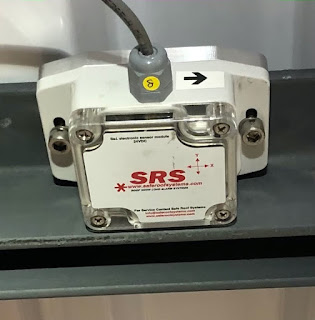As
magical as it looks, a thick layer of snow on a large, commercial roof can have
heavy consequences. Heavy snowfall is currently a leading cause of roof sagging
and damage in communities throughout the United States and Canada. Even
well-engineered buildings can struggle under the weight of dense, wet snow, and
many business owners don’t notice the danger signs until it’s too late.
This
is where predictive monitoring is a “must-have" service for
facility maintenance managers in northern climates. It is not convenient, safe,
or affordable to have teams of workers entering your place of business or
buildings unless absolutely needed. Roof
deflection alarm systems from Safe Roof Systems provide safe roof monitoring,
and in turn, allow facility managers to maintain optimum roof conditions while
safely saving on shovel labor costs.
Predictive monitoring systems from SRS automatically alert
facility managers when and where roof load mitigation is required. This technological strategy allows businesses
to scale their responses and balance those needs with safe staffing levels.
With a roof predictive monitoring program in place, businesses can scale their
snow removal plans in real-time. That’s essential in northern climates where
the level of danger to a property can change as quickly as the weather.

